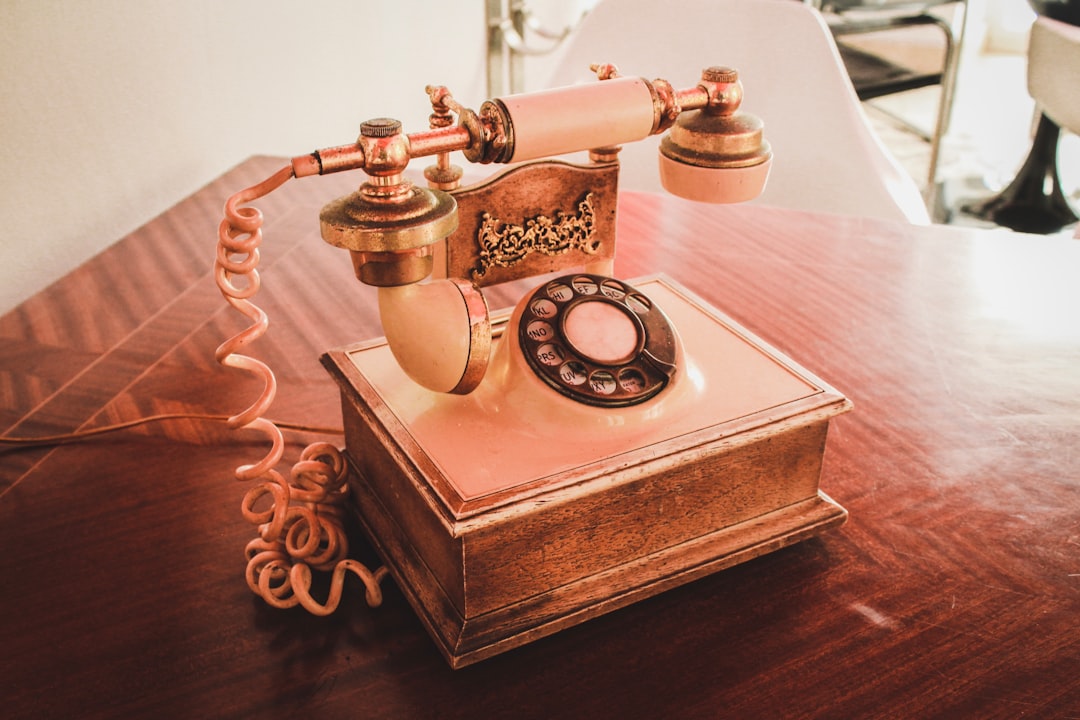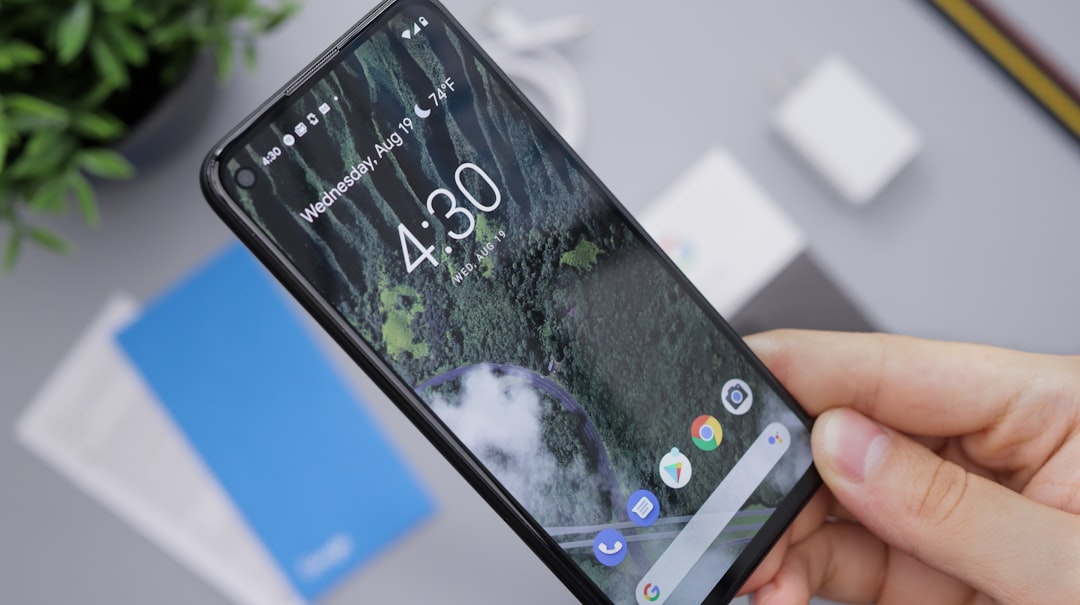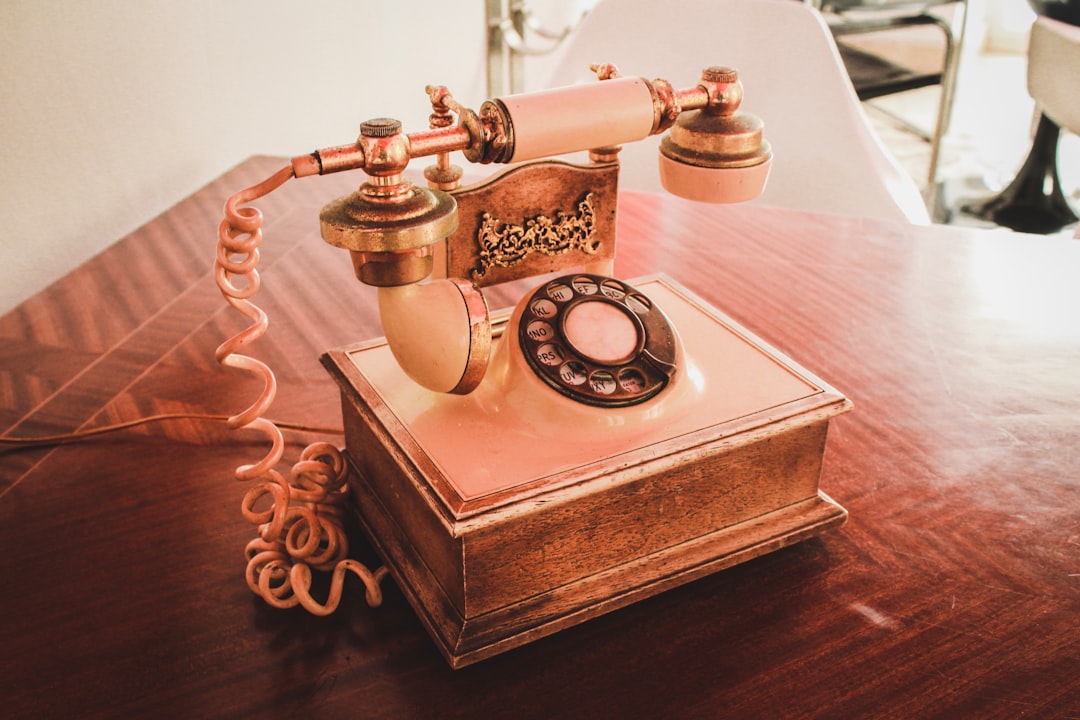In Minnesota, unwanted telemarketing calls (spam) are a common nuisance, but residents have rights and tools to combat them. The Telephone Consumer Protection Act (TCPA) sets legal boundaries, with strict penalties for violators. To stop spam calls, Minnesotans can:
1. Register their numbers on the state's Do-Not-Call list.
2. Use call-blocking apps and built-in anti-spam tools.
3. Report persistent callers to regulatory bodies (How to Stop Spam Calls Minnesota).
Effective call blocking, filtering techniques, protecting personal information, and proactive reporting are key steps in minimizing spam calls.
Tired of unwanted spam calls flooding your Minnesota phone lines? Understanding your legal rights and implementing robust protection measures is essential. This guide dives into best practices to avoid spam calls, from identifying and reporting sources effectively to mastering call blocking and filtering techniques. Discover how to safeguard your personal information and reclaim control over your communications in the Land of 10,000 Lakes. Learn How to Stop Spam Calls Minnesota today!
Understanding Spam Calls and Their Legal Standing in Minnesota

Spam calls, also known as unwanted or unsolicited phone marketing calls, are a widespread nuisance. In Minnesota, these calls fall under state and federal regulations designed to protect consumers from deceptive or harassing telemarketing practices. The Telephone Consumer Protection Act (TCPA) grants individuals the right to silence such calls. Understanding your rights and the legal framework is the first step in fighting spam calls.
Minnesota follows the TCPA guidelines, which allow for strict penalties against companies engaging in spam calling. Consumers can take proactive measures to curb these calls by registering their phone numbers on the state’s Do-Not-Call list, using call-blocking apps, and reporting suspicious or persistent spam callers to regulatory authorities. By implementing these best practices, Minnesotans can reclaim their peace of mind and reduce the number of unwanted phone solicitations they receive.
Identifying and Reporting Spam Call Sources

Identifying spam calls is the first step in keeping your phone free from unwanted interruptions. Learn to recognize patterns—frequent, unknown numbers, automated voice messages promoting products or services, or strange areas codes are common red flags. Many phones now have built-in tools that can help identify these calls as spam.
If you receive a spam call, don’t hang up immediately; instead, take note of the number and report it to Minnesota’s public consumer protection agency. They track and investigate spam call sources, which helps protect other residents from similar intrusions. Reporting spam not only helps keep your own phone line cleaner but contributes to broader efforts to combat these nuisances in How to Stop Spam Calls Minnesota.
Implementing Effective Call Blocking and Filtering Techniques

Implementing effective call blocking and filtering techniques is a powerful way to combat spam calls in Minnesota. Start by utilizing built-in call blocking features on your phone, which can automatically filter out known spam numbers. Many modern smartphones offer apps or settings that allow you to create custom blocks for specific areas or numbers. Regularly updating these lists with new spam patterns and trends will enhance your protection.
Additionally, consider investing in a reputable call filtering service that employs advanced algorithms to identify and block unwanted calls. These services learn from user reports and continuously update their databases, ensuring a robust defense against emerging spamming tactics. By combining these methods, you can significantly reduce the number of spam calls received on your Minnesota phone.
Protecting Your Personal Information: Best Practices for Privacy

Protecting your personal information is a crucial step in preventing spam calls. Be cautious about sharing your phone number and other contact details online or over the phone. Only provide your number to trusted sources, such as reputable companies with whom you conduct business regularly. Additionally, review privacy settings on social media platforms and consider limiting who can access your profile.
To enhance your privacy, consider using a separate, unlisted or anonymous phone number for receiving calls from unknown sources. You can also sign up for do-not-call lists in Minnesota to restrict marketing calls. Regularly update security software and be wary of phishing attempts aimed at gathering personal data. By adopting these best practices, you’ll significantly reduce the likelihood of receiving spam calls and better protect your privacy.






